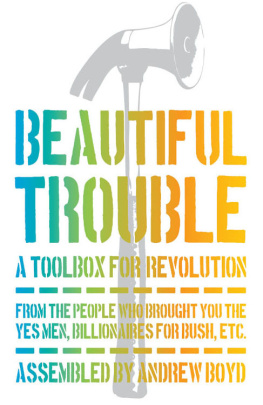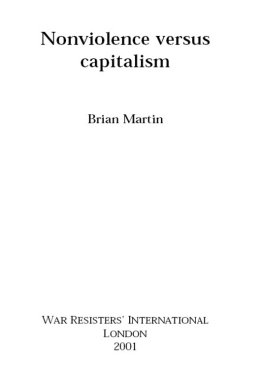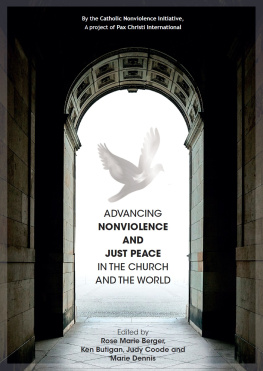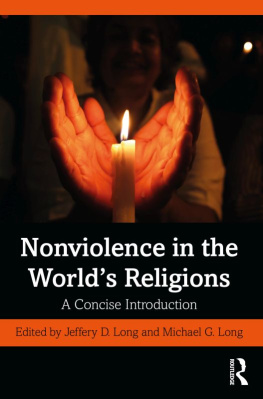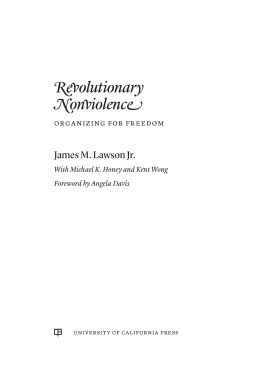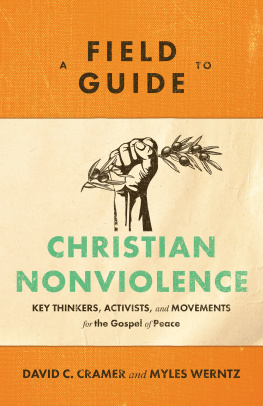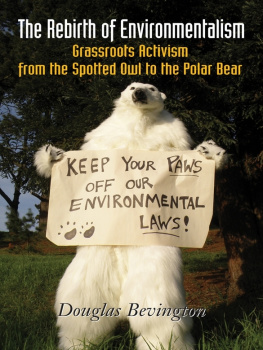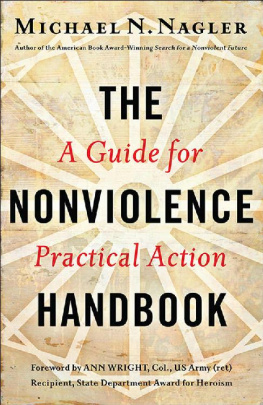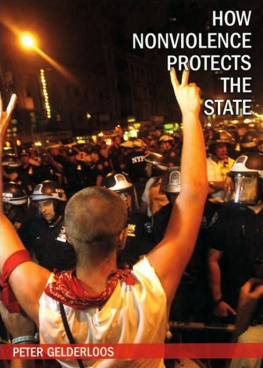


All essays 2012 Beautiful Trouble by various authors, licensed under a Creative Commons Attribution NonCommercial-ShareAlike 3.0 Unported License.
Permissions beyond the scope of this license, including reprint rights and foreign language editions, may be available through the publisher.
Published by OR Books, New York and London
Visit our website at www.orbooks.com
First printing 2012
Cover illustration by Andy Menconi
Printed by BookMobile, USA, and CPI, UK.
The printed edition of this book comes on Forest Stewardship Council-certified, 30% recycled paper. The printer, BookMobile, is 100% wind-powered.
paperback ISBN: 978-1-935928-57-7
ebook ISBN: 978-1-935928-58-4
BEAUTIFUL TROUBLE TEAM
Co-editor & wrangler-in-chief / Andrew Boyd
Co-editor / Dave Oswald Mitchell
Master of logistics / Zack Malitz
Photo editor / Margaret Campbell
Web maker & project agitator / Phillip Smith
Consultant-in-chief / Nadine Bloch
Wordhorse / Joshua Kahn Russell
Fellow traveler / Maxine Schoefer-Wulf
PARTICIPATING ORGANIZATIONS
Agit-Pop/The Other 98%, The Yes Men/Yes Lab, CODEPINK, smartMeme,
The Ruckus Society, Beyond the Choir, The Center for Artistic Activism,
Waging Nonviolence, Alliance of Community Trainers and Nonviolence International.
CONTRIBUTORS
Rae Abileah, Ryan Acuff, Celia Alario, Phil Aroneanu, Peter Barnes, Jesse Barron, Andy Bichlbaum, Nadine Bloch, Kathryn Blume, L.M. Bogad, Josh Bolotsky, Mike Bonanno, Andrew Boyd, Kevin Buckland, Margaret Campbell, Doyle Canning, Samantha Corbin, Yutaka Dirks, Stephen Duncombe, Mark Engler, Simon Enoch, Jodie Evans, John Ewing, Brian Fairbanks, Bryan Farrell, Janice Fine, Lisa Fithian, Christian Fleming, Elisabeth Ginsberg, Stan Goff, Arun Gupta, Silas Harrebye, Judith Helfand, Daniel Hunter, Sarah Jaffe, John Jordan, Dmytri Kleiner, Sally Kohn, Steve Lambert, Anna Lee, Stephen Lerner, Zack Malitz, Nancy Mancias, Duncan Meisel, Matt Meyer, Dave Oswald Mitchell, Tracey Mitchell, George Monbiot, Brad Newsham, Gaby Pacheco, Mark Read, Patrick Reinsborough, Simon Roel, Joshua Kahn Russell, Lenidas Martn Saura, Levana Saxon, Maxine Schoefer-Wulf, Nathan Schneider, Kristen Ess Schurr, John Sellers, Rajni Shah, Brooke Singer, Matt Skomarovsky, Andrew Slack, Phillip Smith, Jonathan Matthew Smucker, Starhawk, Eric Stoner, Jeremy Varon, Virginia Vitzthum, Harsha Walia, Jeffery Webber and the Coalition of Immokalee Workers.
The role of the artist in the social structure follows the need of the changing times:
I N TIME OF SOCIAL STASIS : to activate
I N TIME OF GERMINATION : to invent fertile new forms
I N TIME OF REVOLUTION : to extend the possibilities of peace and liberty
I N TIME OF VIOLENCE : to make peace
I N TIME OF DESPAIR : to give hope
I N TIME OF SILENCE : to sing out
Judith Malina, The Work of an Anarchist Theater
A.B.
To my mentors in the struggle, both far away George Orwell,
Abbie Hoffman, Subcomandante Marcos and close at hand
Bob Rivera, Dennis Livingston, Janice Fine, Mike Prokosch, Chuck
Collins, John Sellers & the RTS/B4B crew.
D.O.M.
For the silent leaders behind every victory who strain in the mud
and the muck to move things forward, who do what has to be done,
again and again (Marge Piercy).
INTRODUCTION
By Andrew Boyd & Dave Oswald Mitchell
The clowns are organizing. They are organizing. Over and out.
Overheard on UK police radio during action
by Clandestine Insurgent Rebel Clown Army, July 2004 (see p. 304)
Human salvation, Dr. Martin Luther King, Jr. argued, lies in the hands of the creatively maladjusted, and recent historical events are proving him as prescient as ever. As the recent wave of global revolt has swept through Iceland, Bahrain, Egypt, Spain, Greece, Chile, the United States and elsewhere, the tools at activists disposal, the terrain of struggle and the victories that suddenly seem possible are quickly evolving. The realization is rippling through the ranks that, if deployed thoughtfully, our pranks, stunts, flash mobs and encampments can bring about real shifts in the balance of power. In short, large numbers of people have seen that creative action gets the goods and have begun to act accordingly. Art, it turns out, really does enrich activism, making it more compelling and sustainable.
This blending of art and politics is nothing new. Tactical pranks go back at least as far as the Trojan Horse. Jesus of Nazareth, overturning the tables of the money changers, mastered the craft of political theater 2,000 years before Greenpeace. Fools, clowns and carnivals have always played a subversive role, while art, culture and creative protest tactics have for centuries served as fuel and foundation for successful social movements. Its hard to imagine the labor movements of the 1930s without murals and creative street actions, the U.S. civil rights movement without song, or the youth upheavals of the late 1960s without guerrilla theater, Situationist slogans or giant puppets floating above a rally.
Todays culture jammers and political pranksters, however, shaped by the politics and technologies of the new millennium, have taken activist artistry to a whole new level. The current political moment of looming ecological catastrophe, deepening inequality, austerity and unemployment, and growing corporate control of government and media offers no choice but to fight back. At the same time, the explosion of social media and many-to-many communication technologies has put powerful new tools at our disposal. Were building rhizomatic movements marked by creativity, humor, networked intelligence, technological sophistication, a profoundly participatory ethic and the courage to risk it all for a livable future.
This new wave of creative activism first drew mainstream attention in 1999 at the Battle in Seattle, but it didnt start there. In the 1980s and 90s, groups like ACT-UP, Womens Action Coalition and the Lesbian Avengers inspired a new style of high-concept shock politics that both empowered participants and shook up public complacency. In 1994, the Zapatistas, often described as the first post-modern revolutionary movement, awakened the political imaginations of activists around the world, replacing the dry manifesto and the sectarian vanguard with fable, poetry, theater and a democratic movement of movements against global capitalism. The U.S. labor movement, hit hard by globalization, began to seek out new allies, including Earth First!, which was pioneering new technologies of radical direct action in the forests of northern California. The Reclaim the Streets model of militant carnivals radiated out from London, and the organized coincidences of Critical Mass bicycle rides provided a working model of celebratory, self-organizing, swarm-like protest. Even the legendary Burning Man festival, while not explicitly political, introduced thousands of artists and activists to the lived experience of participatory culture, radical self-organization and a gift economy. The Burning Man slogans No spectators! and You are the entertainment! were just as evident on the streets of Seattle as they are in the Nevada desert each summer.
Through the last decade, though weve lost ground on climate, civil liberties, labor rights and so many other fronts, weve also seen an incredible flourishing of creativity and tactical innovation in our movements, both in the streets and online. Whether it was the Yes Men prank-announcing the end of the WTO (and everyone believing it!), or the Billionaires for Bush parading their Million Billionaire March past the Republican National Convention, or MoveOn staging a millions-strong virtual march on Washington to protest the Iraq War, our movements were forging new tools and a new sensibility that got us through those dark times. Every year, new terms had to be invented just to track our own evolution: flash mobs, virtual sit-ins, denial-of-service attacks, media pranks, distributed actions, viral campaigns, subvertisements, culture jamming, etc.

